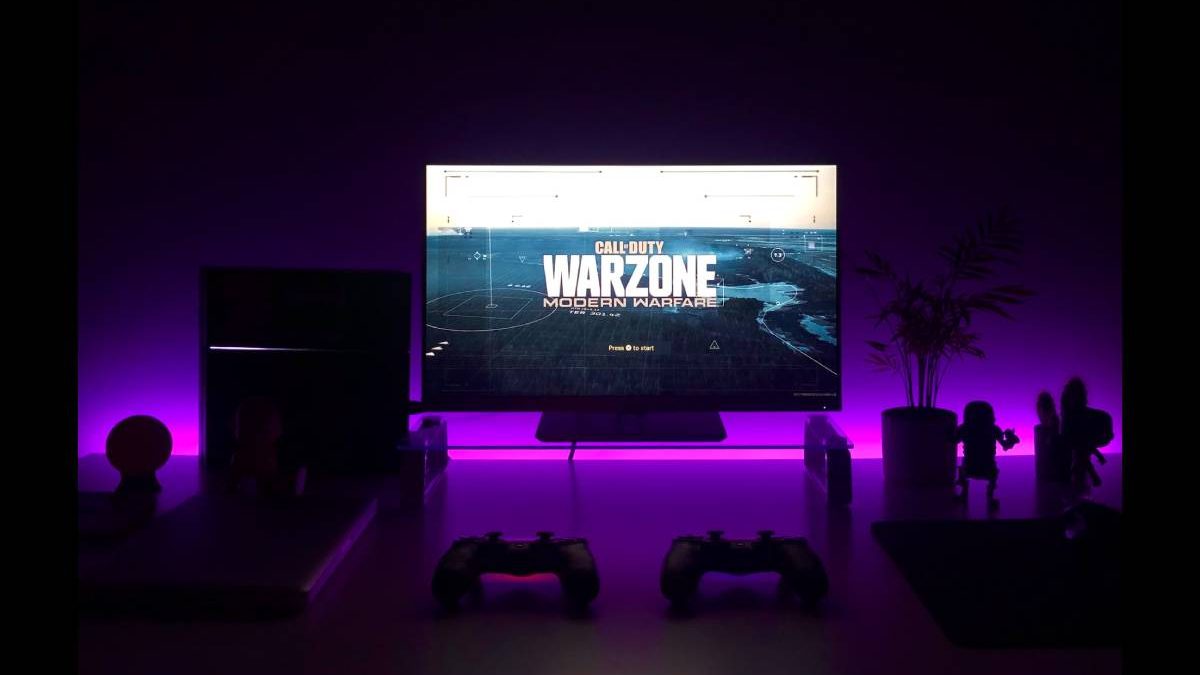How Technology Changes the Future of Gaming Industry
Thanks to new technology, video games are more popular and accessible than ever. You can play on different devices, and new games are launched almost daily. Some games are so realistic that they blur the line between make-believe and real life.
Skill-based video games remain popular, such as Garena’s Free Fire. This battle royale game requires players to employ strategy, precision, and quick decision-making to outlast their opponents. Skill-based video games like these provide entertainment and a platform for players to sharpen their problem-solving abilities, coordination, and tactical skills.
Just like its traditional counterparts, modern games can also be used for learning, not just for fun. For example, Scribblenauts encourages vocabulary and problem-solving by letting players summon objects to solve puzzles and challenges using words.
Another example is the Kerbal Space Program. This game lets players design and manage their space program, teaching them physics and engineering concepts while exploring the cosmos.
The evolution of gaming
Back in the day, the internet games that old-school gamers cherished used basic text and simple pictures. But as time went by, games evolved, sprucing up with 3D graphics and cool effects that brought realism to the virtual world.
This 3D graphic stuff gave game makers fresh tools to make things in their games look and behave like they would in the real world. They could add textures, give objects a realistic feel, and make the whole gaming experience more immersive.
Think about Minecraft, for instance. In this game, players can let their imaginations run wild and build all sorts of structures and landscapes. Playing with a virtual version of LEGO allows you to create your own digital wonderland.
And this gaming transformation didn’t just affect the world of games. It also had a big impact on gambling. Nowadays, folks can get in on the action by betting on computer-generated horse races, tossing virtual dice on their phones, or even wagering on esports. It’s a whole new way to enjoy gaming.
According to Deloitte, blockchain technology is becoming increasingly visible and utilized in various industries, including gambling. Many online casinos are already using digital money, and some sports betting platforms are starting to accept it, too.
A new breakthrough in the industry is the crypto crash game, like CricketX by Smartsoft. In CricketX, players have the chance to win up to 10,000 USDT, which is a type of digital currency. To play Cricketx, players only need to place bets.
When the betting time is up, the cricket player hits the ball into the sky, and it multiplies as it flies. Get your winnings before the ball explodes. If it does explode before you collect, you lose your bet.
Blockchain and gaming
Blockchain is an unchangeable record-keeper that makes tracking transactions easy. It can record various valuable things, mainly used for digital money, like cryptocurrencies.
Blockchain technology also brings new possibilities for games. It introduces non-fungible tokens (NFTs) that create unique in-game items. These items can be bought, sold, and traded on the blockchain, allowing players to own them truly and giving game creators a chance to earn more money. Once something is recorded in a blockchain, it’s extremely difficult to change, so it’s secure.
Unlike a regular sale where creators get paid once, NFTs can keep rewarding creators whenever they’re sold or bought based on blockchain conditions. This can also apply to brands or platforms that own these items. Blockchain also allows decentralized gaming, where players can connect directly without a mediator.
The rules for this interaction are written on the blockchain using smart contracts. Any player can use these contracts to play by the authorities without needing approval from a third party.
The Sandbox is a noteworthy example illustrating how blockchain is pushing the boundaries of what’s possible in the gaming industry.
One of the critical innovations of “The Sandbox” is its reliance on NFTs and smart contracts. Every in-game asset, whether it’s a character, a piece of virtual land, or an item, is tokenized as an NFT. This means that players have actual ownership of these assets on the blockchain. They can buy, sell, or trade them in a decentralized marketplace, creating a player-driven economy.
The scarcity of these NFTs adds value to in-game assets, and the blockchain’s robust security secures their ownership. Digital things in games, like outfits and weapons, can be unique and owned because technology creates new opportunities for both gamers and developers.
The blockchain’s transparent and tamper-proof ledger adds a layer of trust and accountability to the gaming ecosystem, making it a promising frontier for the future of online gaming.

